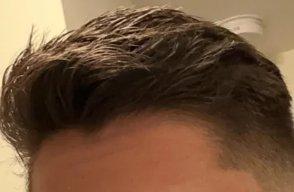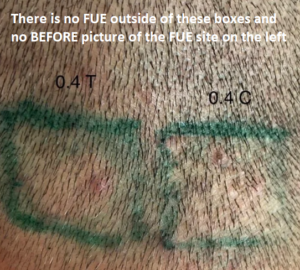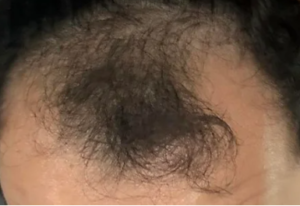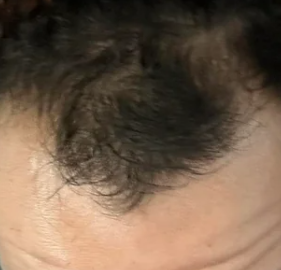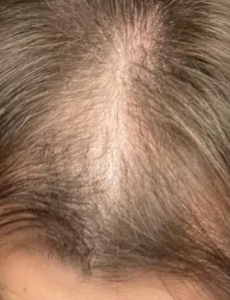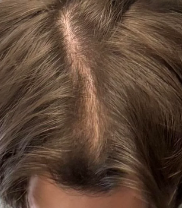Male Patterned Balding is not a problem that stays fixed after you treat it with finasteride. It is a progressive problem and continues with age until you reach your final inherited balding pattern. Generally, that pattern can be estimated best when a man is over 26; however, in some cases, the final pattern can be determined with 80% accuracy) with an experienced hair surgeon. Circumstances do occur when I transplant someone of your age. Still, I require a relationship between the patient and me so I can determine factors like (1) examination elements to determine donor density and donor hair mass), (2) maturity, (3) stable mental state, (4) the finances to finish a worst case scenario if you start going that route and (5) worst case patterned balding that you might develop over the next 5 years. By worst case, I mean hair loss acceleration after a hair transplant (something I usually can predict before the transplant) and the use of medications like finasteride, or oral minoxidil, or topical liposomal finasteride (which mostly stays in the scalp.

